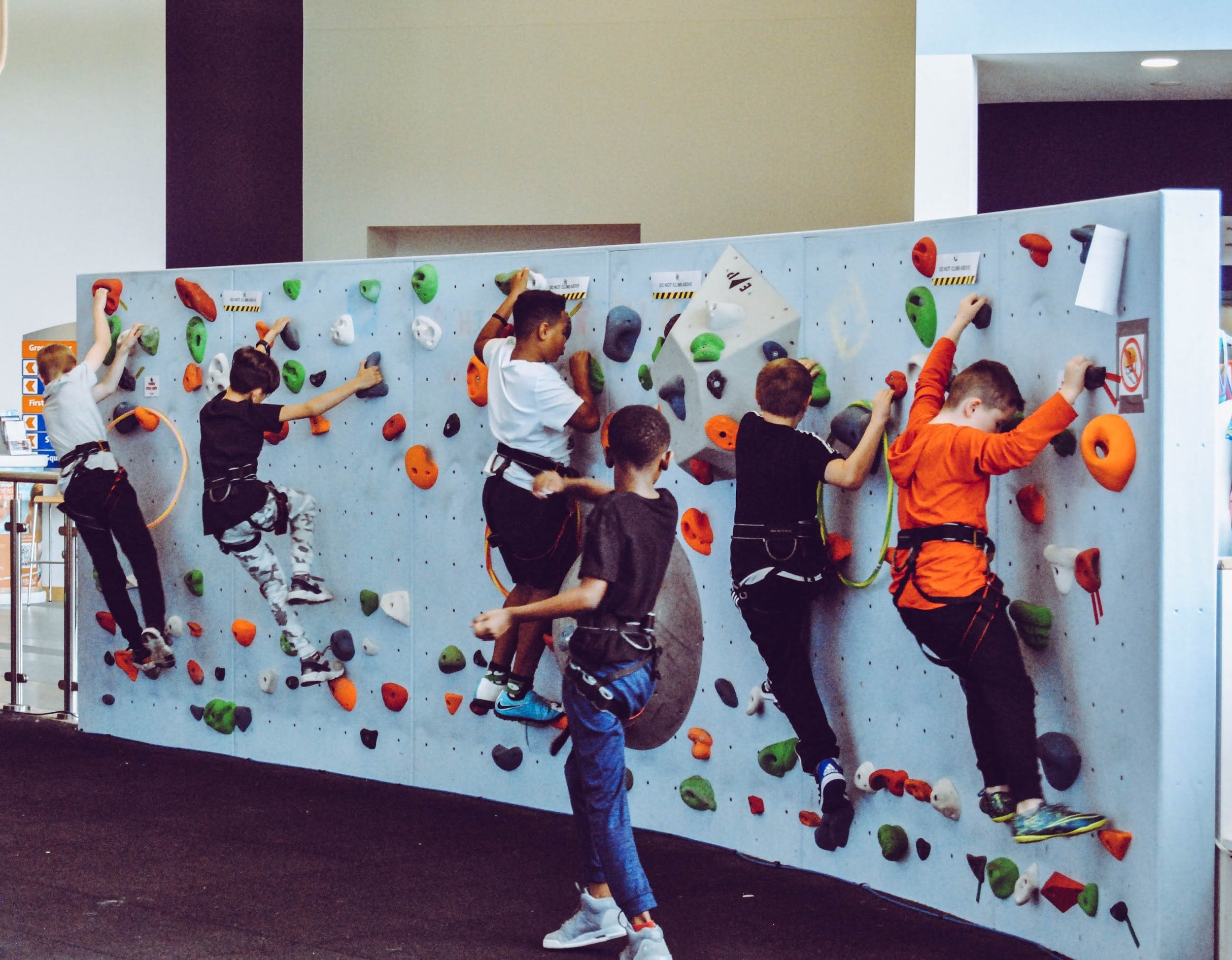According to the American Academy of Child and Adolescent Psychiatry, if one parent is obese, their children are 50 percent more likely to be obese. Everyone benefits when exercise is a common component of the family's activities. When it comes to encouraging children, there are a few things to keep in mind. For starters, most young children prefer "activities" to traditional exercises, such as riding a bike rather than jogging around a track. Second, if their friends accompany them, older children are more likely to participate in fitness activities with their parents. Third, many children are driven by goals, targets, competition, and progress tracking. Some considerable ways by which your child can love doing exercises are:-
Be in nature and spontaneous
Spend time in nature. Make it a point to take the whole family outside as much as possible. Swapping an indoor workout for an outside one is a simple method to accomplish this. Playing a backyard game or walking around the neighborhood provides a double dose of inspiration. Not only will the exercise improve everyone's attitude, but fresh air and sunshine will as well. Find outside winter activities for them to participate in, such as skiing, sledding, or snowshoeing. When the opportunity arises, exercise with children. Do jumping jacks if you're standing in a long line. Make the journey from the car to your residence a race. Perform push-ups while watching TV advertisements. You can keep dumbbells with you and can exercise with them with ease like when you are reading a novel just use them a bit with one hand, or if you are watching TV, use dumbbells while watching the shows with both hands. Don’t go for really heavy ones, start with ease and use the ones with basic or less weight. If convincing the kids to exercise is challenging, remind them you'll only be doing it for five minutes — long enough to work up a little sweat. Anyone can do a five-minute bike ride or jog in under five minutes. It'll most likely turn into ten.
Schedule timings and responsibilities
A structured routine benefits both children and adults. Schedule your family activity and write it down on the family calendar. Request that everyone attend your workout session. If the weather isn't cooperating for a bike trip, put on the Wii, play tennis indoors, or throw on some music and have a dance contest. Ask your children to take charge of the family's workout routine for a week, and pledge to follow their lead. You'll be astounded by the innovative concepts they come up with. You can also swap weekly, with each family member choosing for a week. Keep a record of everyone's progress by marking the calendar every time you undertake an activity. Seeing how often everyone exercises is incredibly encouraging. Keep track of games won, best times, kilometers were ridden, and if your child thrives on competition. Tracking your family's new fitness-oriented actions will help them stick.
Get maximum out of minimum
Begin small- When we try to achieve too much too fast, we lose motivation; it's unsustainable. While running a 5K may be out of reach for your family, walking one mile is not. What matters most for motivation is consistently finishing and completing a task, not the magnitude of the assignment itself. You should also consider the possibilities. Swimming is still possible throughout the cold months. Find a neighboring hotel chain and inquire about the cost of an hour in the indoor pool. Or try something new, such as learning to rock climb at a climbing gym or horseback riding. Competitions pitting parents against their children are always a hit. Twister, jump rope, and kick the can are examples of "traditional" games. If your family is a couch potato, a worthy cause might occasionally push you. Find out which local groups are holding fundraising walks and ask your friends and family to support you and your family. If you can't locate one, organize your walk for a cause you care about, such as your child's PTA or Little League.
Conclusion
Physical activity, for example, aids in the development and maintenance of healthy bones, muscles, and joints. It can help you maintain a healthy BMI and lower your risk of diabetes, hypertension, and heart disease later in life. It can assist kids in falling asleep quickly and sleeping soundly. Physical activity promotes a child's emotional and behavioral health in addition to physical benefits. It improves a child's self-esteem, academic achievement, attention, and behavior by increasing their excitement and optimism. It also relieves stress, anxiety, and sadness. When it's part of an organized sport, it can help promote collaboration and friendship.


